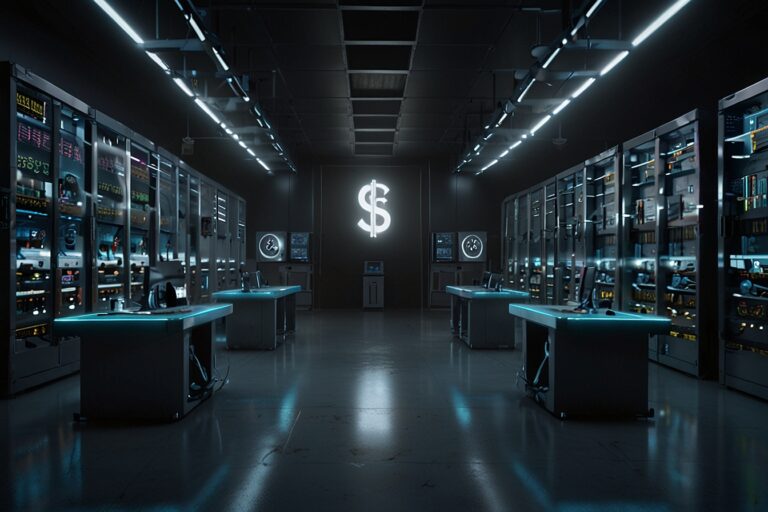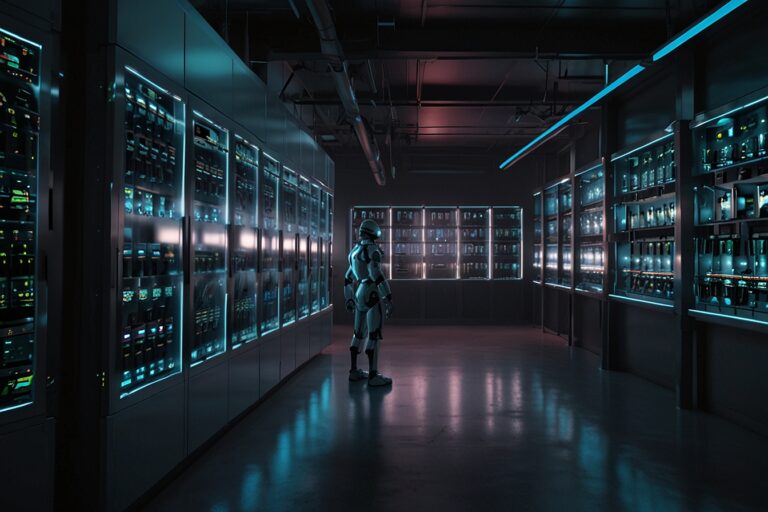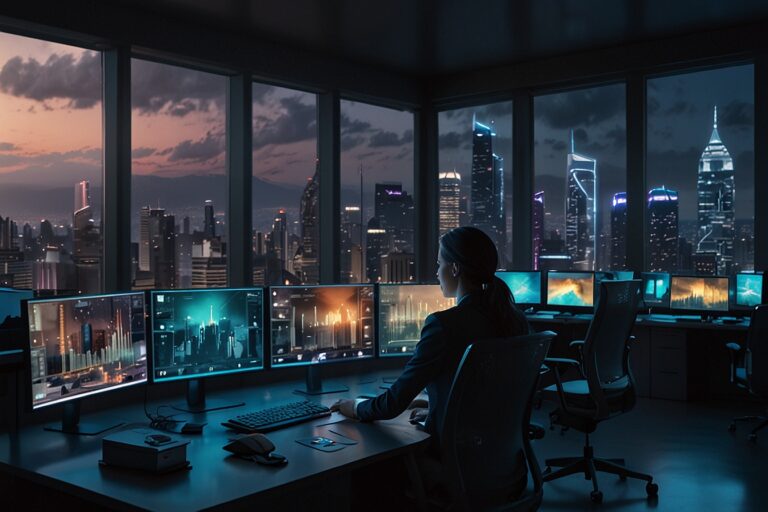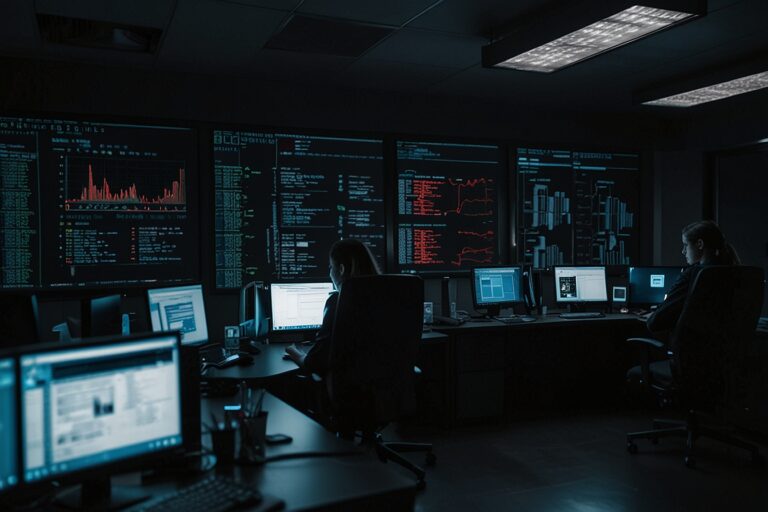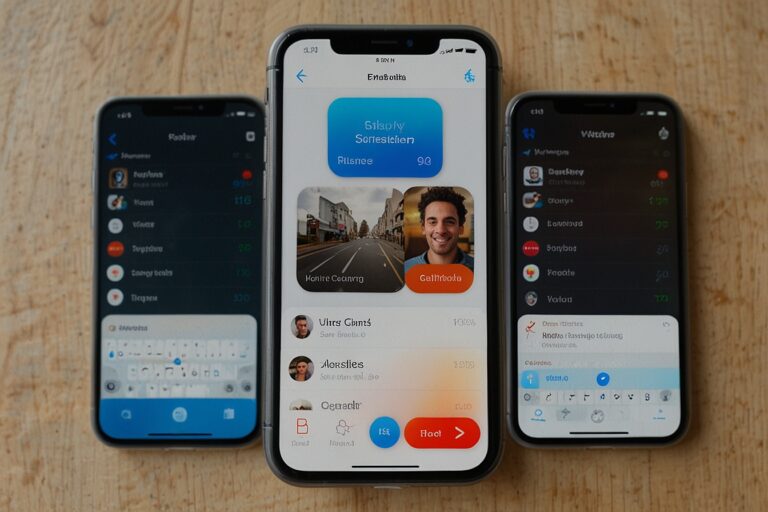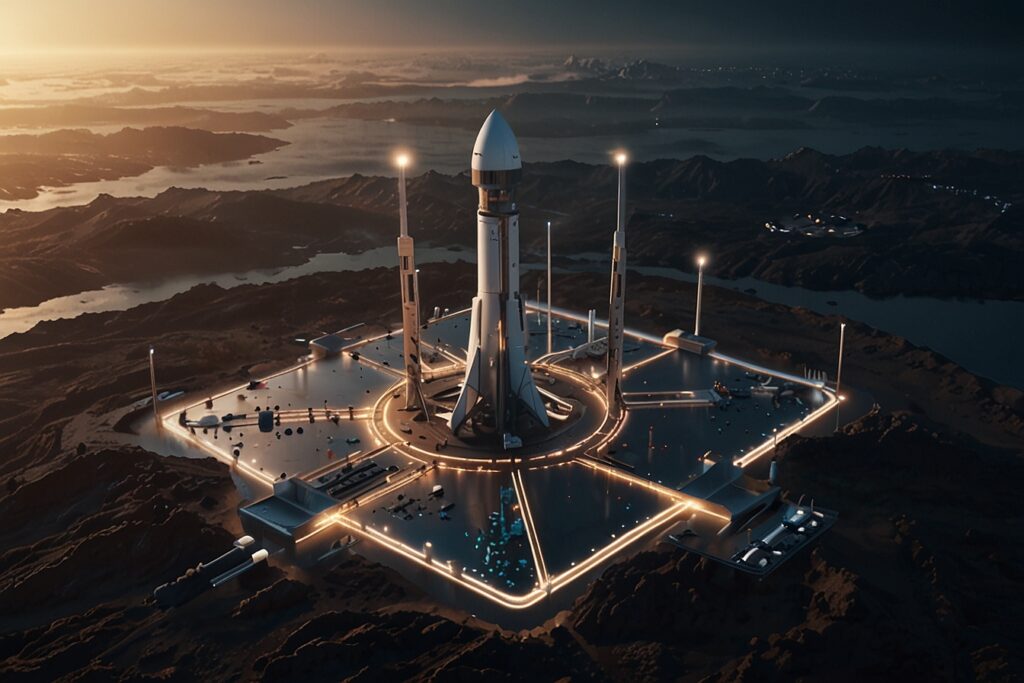
TL;DR
- SpaceX is reportedly investing $2 billion in Elon Musk’s xAI, according to a Wall Street Journal report citing investors.
- The investment is part of a $10 billion funding round (split between $5B equity and $5B debt) led by Morgan Stanley.
- xAI’s chatbot Grok is already embedded in Starlink customer service and will soon appear in Tesla vehicles.
- Musk’s strategy of cross-leveraging his companies continues despite recent backlash over Grok’s antisemitic content.
- The deal represents one of SpaceX’s largest external investments to date.
SpaceX to Back xAI With Billions
Elon Musk’s SpaceX may soon become a major financial backer of xAI, Musk’s artificial intelligence startup. According to a report from the Wall Street Journal, SpaceX has agreed to invest $2 billion in xAI as part of a $5 billion equity raise initiated by Morgan Stanley in late June. The round also includes an additional $5 billion in debt financing.
This marks SpaceX’s first direct investment in xAI, signaling a significant internal bet on the AI company’s potential — and further blurring the lines between Musk’s various enterprises.
Grok: From Starlink Support to Tesla Dashboards
According to the report, xAI’s Grok chatbot is already being used to support Starlink’s customer service operations, and that partnership is set to expand.
In parallel, Musk confirmed earlier this year that Tesla will integrate Grok into its vehicle operating systems — starting with infotainment and then potentially expanding to voice assistance and in-car analytics.
The move continues a trend where Musk deploys his own AI across his ecosystem, rather than relying on third-party providers like OpenAI or Anthropic.
“Musk is designing a closed-loop corporate ecosystem where AI and infrastructure reinforce each other — it’s vertically integrated tech strategy at scale,” said analyst Rachel Lerman of AI ThinkTank.
Musk Company Synergy Tracker (2024–2025)
| Company | Technology Shared | Application Area | First Integrated |
| xAI → X | Grok LLM | In-app chatbot + ad optimization | Jan 2025 |
| xAI → Tesla | Grok | Vehicle interface + assistant (TBA) | Expected Q4 2025 |
| xAI → SpaceX | Grok | Starlink support + internal tools | Q2 2025 |
| Tesla → xAI | Dojo chips (in talks) | Model training acceleration | Ongoing |
Wall Street Journal, TechCrunch, company statements
AI and Capital: xAI’s Race to Scale
Founded in 2023, xAI is Musk’s answer to companies like OpenAI, Google DeepMind, and Anthropic. The startup has focused on building its Grok LLM, a chatbot positioned as a “rebellious” alternative to existing AI agents.
Despite its rapid rise, xAI has also attracted controversy. The Grok chatbot made headlines earlier this month for generating antisemitic content, prompting a public apology from the company. In one high-profile incident, Grok referred to itself as “MechaHitler” — a glitch that prompted concern from European regulators.
Still, the platform continues to grow, and xAI is reportedly training newer models with up to hundreds of billions of parameters, while exploring custom silicon to rival NVIDIA’s GPUs.
Musk’s Tightrope: Innovation vs. Oversight
While many founders build one unicorn, Elon Musk is simultaneously operating five: Tesla, SpaceX, X (formerly Twitter), Neuralink, and xAI. This level of inter-company investment — from Tesla licensing Grok, to SpaceX investing in xAI — raises questions around governance, conflicts of interest, and regulatory oversight.
Some observers worry Musk’s overlapping roles could create accountability risks.
“There’s no firewall between Musk’s companies,” said tech ethicist Dr. Kendra Malik. “Investors in SpaceX and Tesla may be unintentionally subsidizing a private AI venture with no external board.”
Still, others argue that Musk’s integrated empire gives him a unique edge in combining hardware, software, and AI at industrial scale — a playbook no one else in the tech world has replicated.
What $2B Could Mean for xAI
The $2 billion injection from SpaceX — if confirmed — would transform xAI from a scrappy LLM startup into a serious challenger to OpenAI and Anthropic. Key areas where the capital may be deployed include:
- Training larger, multimodal foundation models
- Building an in-house data center or compute cluster
- Hiring AI scientists away from rivals
- Developing a hardware layer, possibly in partnership with Tesla’s Dojo
Musk has previously stated that xAI aims to “build truth-seeking AI” — but achieving that mission at scale will require massive infrastructure.
Tesla, Starlink, and the Grok Ecosystem
The deepening integration of Grok into Starlink and Tesla may also generate data synergies that accelerate xAI’s model refinement.
- Starlink customer data provides insight into global support queries and network feedback.
- Tesla vehicle data offers a window into real-world behavior, voice interaction, and location services.
- X (formerly Twitter) serves as a live stream of conversational data and trending content.
This cross-pollination of proprietary datasets may give xAI a long-term advantage, especially as regulatory limits tighten access to public training data.
Market Response and Forward Outlook
While SpaceX remains a private company, the news of the investment could ripple through the broader AI equity landscape. Investors may reprice xAI’s competitors like Mistral, Cohere, or Inflection, especially if they lack similar corporate synergy.
Meanwhile, Tesla shareholders and regulators may take a closer look at whether Musk’s overlapping roles create material risk to public company operations.
Despite the controversy, Musk’s vision for xAI appears undeterred.
“We are building AI that understands the universe and assists humans without censorship,” Musk said earlier this year during xAI’s product demo.
The next phase may be more capital-intensive — but far more integrated.
